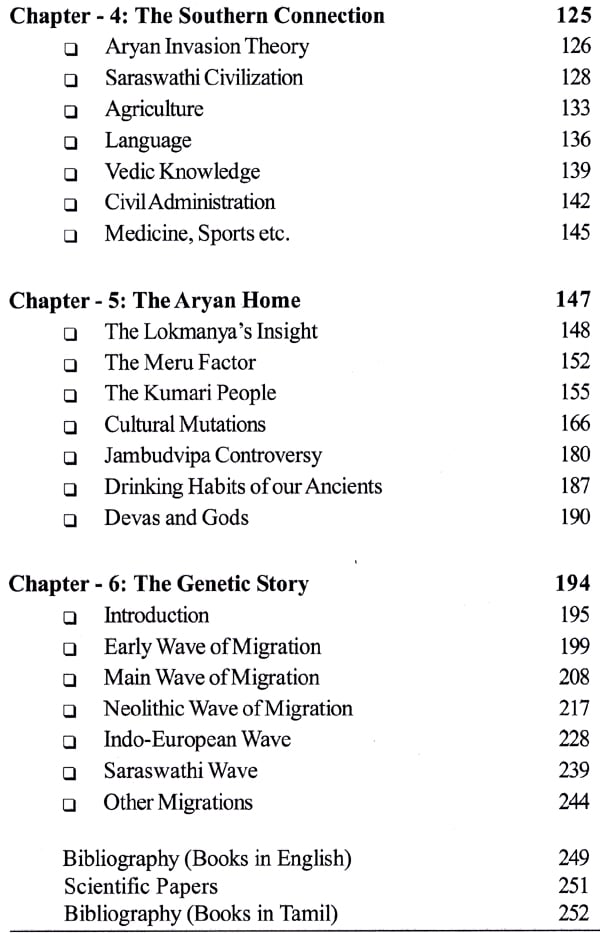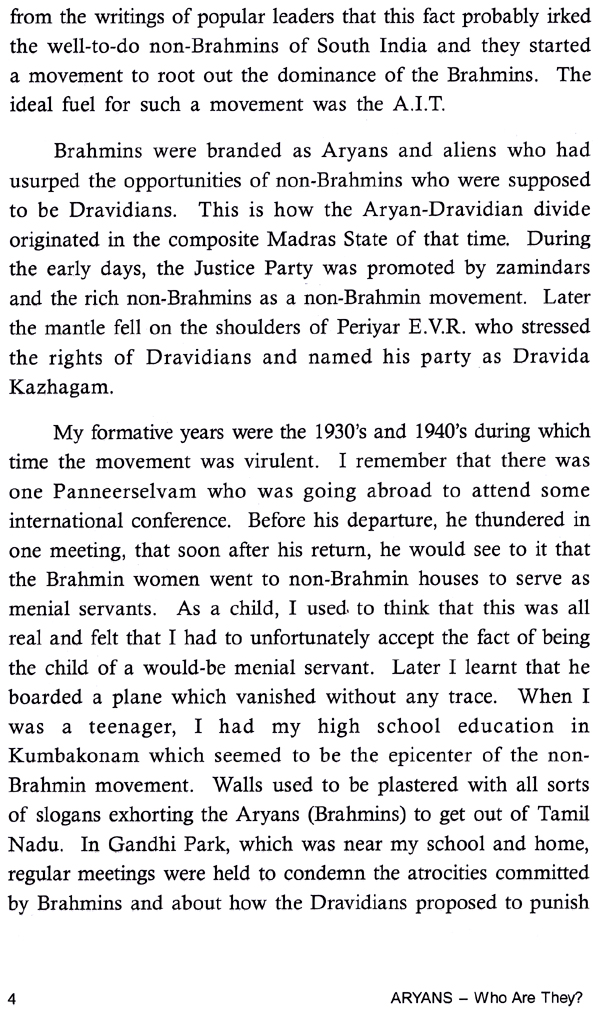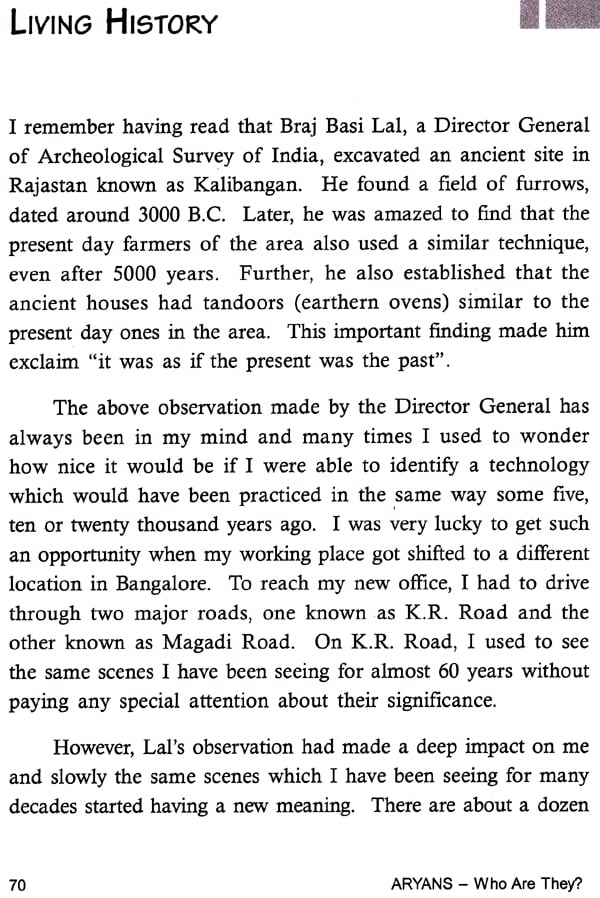
Aryans (Who Are They?)
Book Specification
| Item Code: | NAR812 |
| Author: | A. R. Vasudevan |
| Publisher: | Prism Book Pvt. Ltd., Bengalore |
| Language: | English |
| Edition: | 2012 |
| ISBN: | 9788172867461 |
| Pages: | 266 |
| Cover: | PAPERBACK |
| Other Details | 8.50 X 5.50 inch |
| Weight | 350 gm |
Book Description
Born in 1926, A.R. Vasudevan is a graduate from the Madras University and a post-graduate from the college of Aeronautics, Cranfield, U.K. (now known as the Cranfield University). After serving in the Indian Air Force for about 16 years as a commissioned officer, he was seconded to Hindustan Aeronautics Ltd. At HAL he had the privilege of working with the German Design Team headed by Prof. Tank. Later he became the head of the Systems Division of Design Bureau and also Project Manager for Ajit Aircraft. After retiring from HAL he started his own unit which did pioneering work in modifying aircraft belonging to the IAF and the Defence Ministry and indigenised more than 3000 aircraft parts. His talent in investigating aircraft accidents, at times fatal and leaving no evidence, helped him in probing the Aryan mystery.
How a person who never even dreamt of writing a book got involved in such an exercise is itself a story. The starting point was due to some controversial articles appearing in the media about the Aryan problem. This triggered me to equip myself with enough knowledge on the subject to enable me to join and the fray.
The learning phase was very interesting and instead of restricting myself to understand the views of others on the subject, I was able to think on my own. During the process it occurred to me that it is more important to investigate about the origin and migration of modern humans in general and the Aryans in particular than arguing about some insignificant evidence.
The real breakthrough occurred when I realized that the Sankalpam that I have been chanting for more than 70 years points to the Jumbudvipa connection. I was also aware that the ancient Tamil literature is full of reference to Naval Theevu which means Jambudvipa. According to Tamil legends Jambudvipa was a large island forming part of Kumari Kandam which was to the south of India and extending up to the Antarctic pole, with Meru Mountain at its centre.
To know more about Jambudvipa, I refered to the Encyclopaedia of Hinduism. It states 'Ancient and medieval Hindu scriptures often refer to India as Bharathavarsha, Bharathakanda, Jambudvipa and so on. Generally the country to the south of the Himalayas and to the north of the Indian Ocean is descibed as Bharathavarsha, practically modern India or undivided India.' This description is contrary to what is contained in the vast and ancient Tamil Literature.
As both Tamil and Sanskrit sources refer to 'Meru', I again went to the Encyclopedia which states "Also called as Sumeru, this mountain is described as the axis of the whole world. It is golden in colour and is very bright. Its total height is one lakh yoganas. It is situated in the centre of Jambudvipa and Bharathavarsha is to its south."
"The Kedarnath Mountain (in Garhwal district of Uttaranchal) is traditionally believed to be the original Meru."
First there is a contradiction in the description itself If Meru is the axis of the whole world it has to be one of the two poles and how could it be located in India. Fortunately the Encyclopaedia states that Meru is a tall mountain that emits bright light. This detail is in conformity with scientific observations at the two poles and helps us to clear the confusion.
The scientific fact is that aurora is a natural light display in the Arctic and Antartic regions. It is caused by the collision of energetic charged particles with atoms in high altitude atmosphere. In the Northern latitudes the effect is known as aurora borealis (northern lights). The southern counterpart is aurora australis (southern lights) which has the same features as its northern counterpart. Aurora australis is visible from high southern latitudes in Antarctica, South America, New Zealand and Australia.
As Jambudvipa is described as a large island it can only be the Antarctic pole where a huge island exists.
**Contents and Sample Pages**















